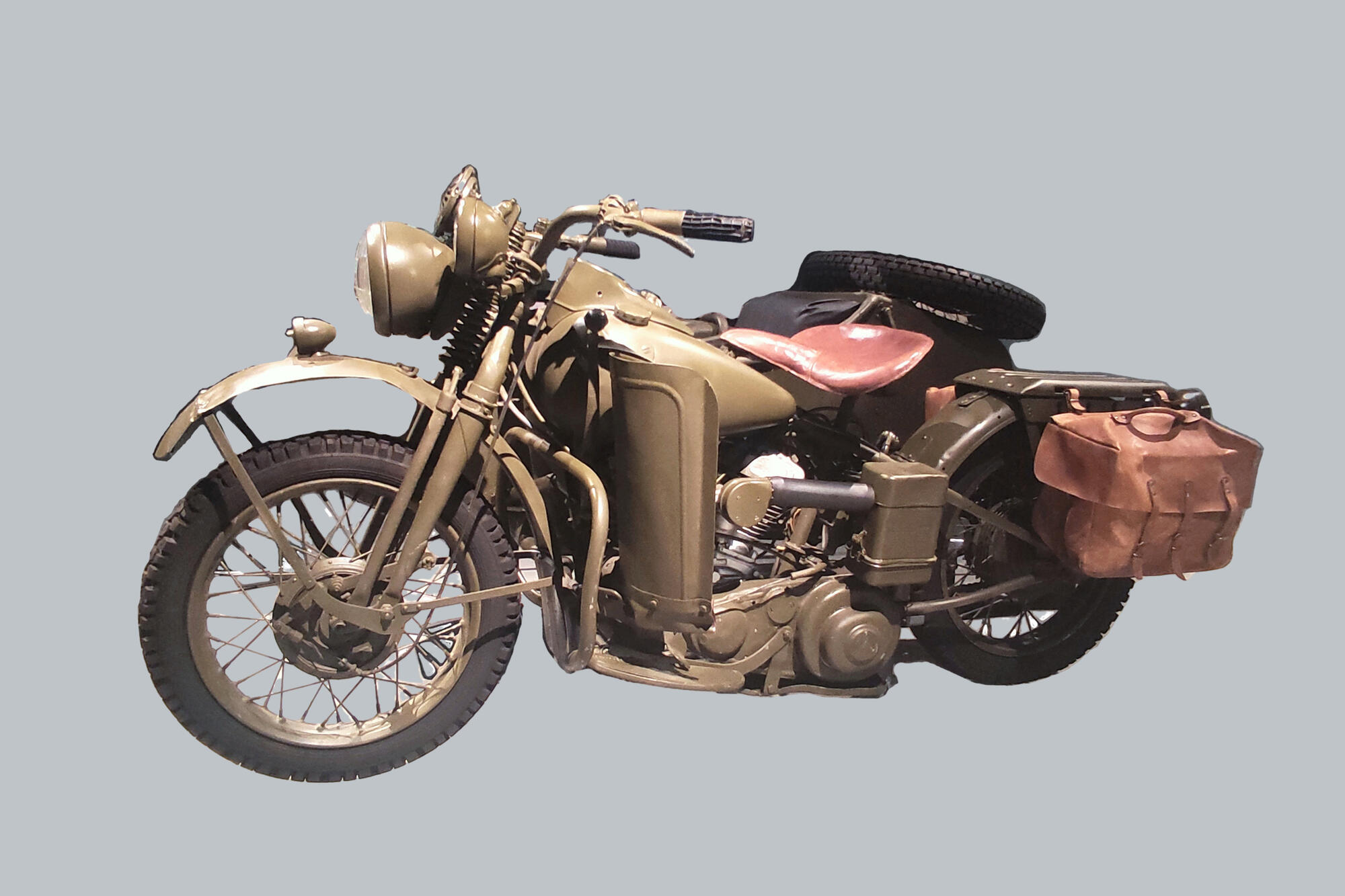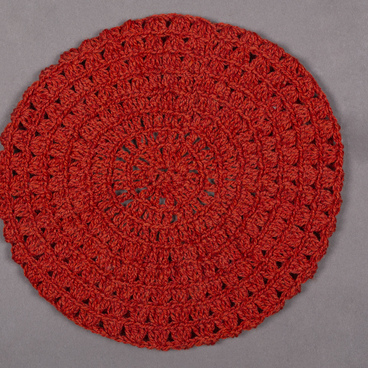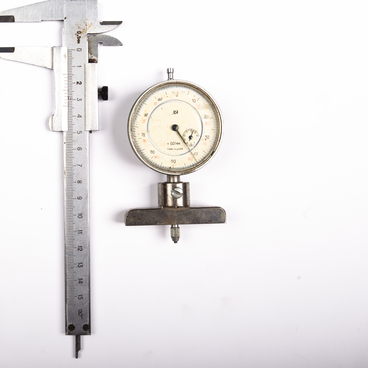The Harley-Davidson WLA military motorcycle was produced to US Army specifications. During the Second World War, it was used by European countries and the Soviet Union. The motorcycle was equipped with a V-twin side-valve engine (two-cylinder piston engine where the cylinders are arranged in a V configuration), with the displacement of 739 cubic centimeters, and the maximum power of 23 hp at 4,500 revolutions per minute.
The motorcycle had a three-speed transmission and special equipment for military use: an ammunition box, a stand for a machine gun, and rear fasteners. The Harley-Davidson WLA was also equipped with two large leather bags, tires with a specific tread pattern, a deep saddle-style seat with a soft central spring, large flat footrests, a wide steering wheel with handles bent back, and large crash bars. The motorcycle was fitted with standard lighting equipment for the US Army transport.
The Harley-Davidson WLA was developed in 1939 when the US Army placed an order for a special motorcycle for military use. It was based on the existing civilian model WL and belonged to the 45 solo type, so called due to its 45-cubic-inch engine displacement and single-rider design.
The WLA could not match the maneuverability of British and German motorcycles, but it was perfectly suited to the needs of the American army. In battles, the model proved itself to be a powerful and reliable motorcycle. Its distinctive feature was the possibility of attaching a sidecar, interestingly to any side, which allowed to increase the volume of cargo transported.
By the middle of the Second World War, the WLAs were barely used by combat units. In 1943, the US Army excluded these motorcycles from the equipment of motorized infantry, armored and infantry formations. In 1944, the Marines stopped using motorcycles.
Almost 60% of the WLA was delivered to the Allies under the American Lend-Lease program and other military aid agreements. For example, Australia received 4,200 motorcycles, France — 589, Brazil — 430, and China — 1000. The largest user of this model was the USSR — it received about 50,000 motorcycles during the war.


